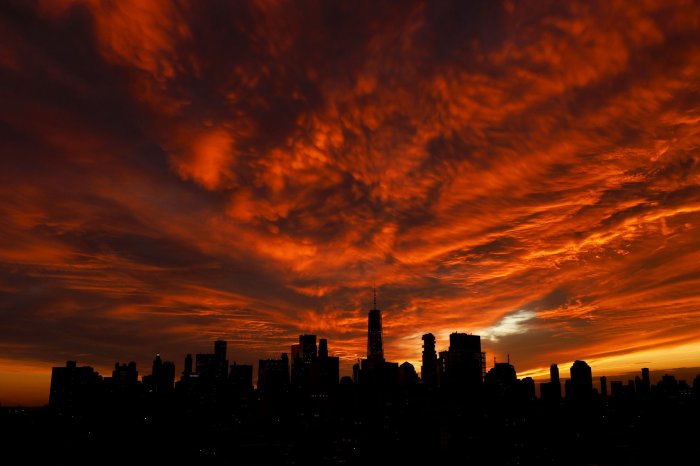United States set for record murder decline
Dec. 24 (UPI) — The United States is witnessing an unprecedented decline in murders with 2025 projected to mark the largest one-year drop on record, an analysis of crime data indicates.
Crime analyst Jeff Asher, using data from the Real Time Crime Index, said murders have fallen nearly 20% nationwide between 2024 and 2025 following a 13% decline the previous year.
Several major cities hardest hit by gun violence were reporting sharp decreases.
Baltimore has been down 31%, Atlanta 26%, Albuquerque 32% and Birmingham at nearly 49%.
Nationally, robberies, property crime and aggravated assaults have also fallen by 18%, 12% and 7%, respectively.
The Hill attributed the decline to post-pandemic stabilization and heightened anti-violence initiatives at the local and federal level.
Meanwhile, U.S. President Donald Trump has expanded federal and National Guard interventions in cities such as Chicago, Washington, D.C., and New York since he returned to the White House.
In Memphis alone, murders dropped by almost 20% while Chicago recorded a 28% decrease.
Asher estimates roughly 12,000 fewer homicides occurred in 2024-2025 than during the pandemic peak though final FBI data is still pending.

